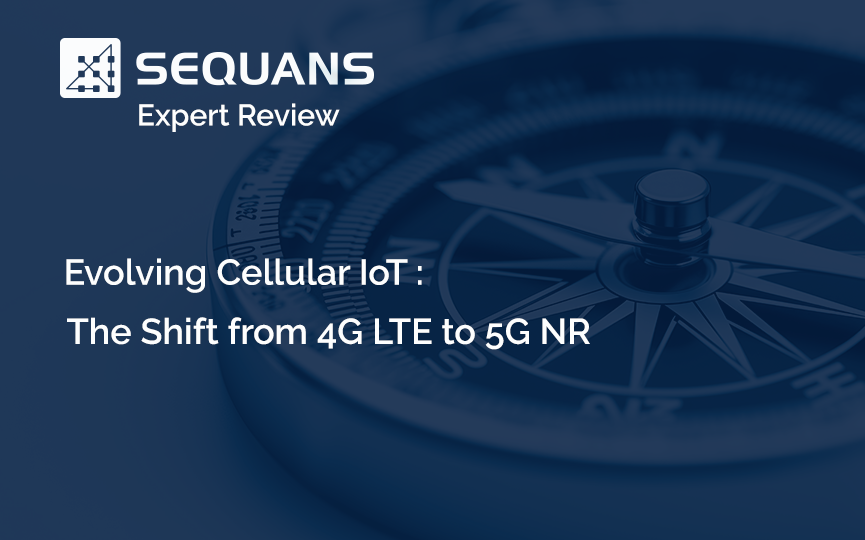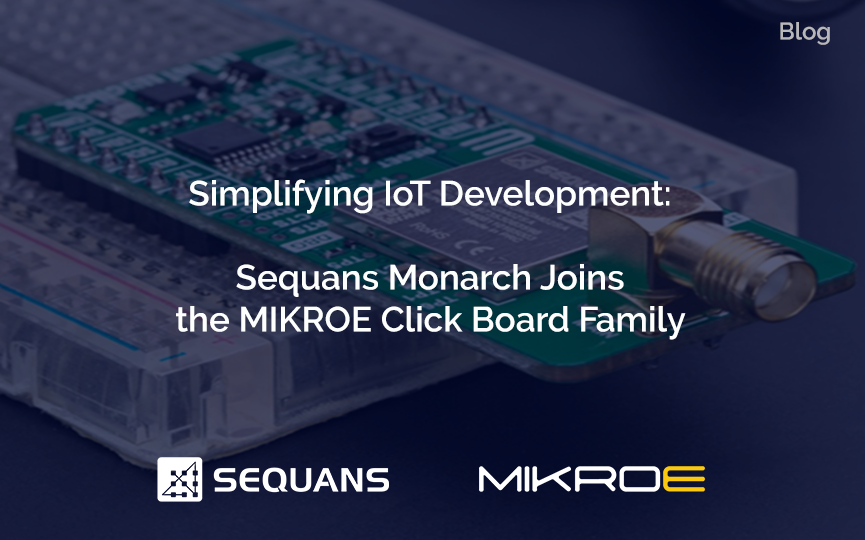As the IoT ecosystem continues to expand, cellular networks must evolve to support diverse applications, from low-power smart meters to data-intensive industrial automation. The transition from 4G LTE to 5G NR marks a significant step, offering enhanced connectivity, scalability, and efficiency. At the forefront of this evolution are 5G NR RedCap (Reduced Capability) and eRedCap (enhanced RedCap), two technologies tailored to address IoT-specific challenges while leveraging the full potential of 5G networks. This paper explores these innovations, their expected deployment timeline, and the strategies device makers can adopt to navigate their migration.
What Are 5G NR RedCap and eRedCap?
5G NR RedCap and eRedCap are subsets of 5G New Radio (NR) tailored for IoT. Unlike traditional 5G focused on high-performance use cases (referred to as eMBB or URLLC), these variants balance performance, cost, and energy efficiency for IoT applications.
RedCap supports mid-to-high data rates (~100 Mbps) for applications like industrial automation and video surveillance. eRedCap, optimized for mid-to-low data rates (~10 Mbps), suits use cases like smart meters and wearables. Both retain core 5G features, such as low latency and enhanced security, while introducing advanced power-saving mechanisms, ideal for IoT.
They depend on operators’ 5G Standalone (SA) network deployment and operate on the lower sub-6GHz spectrum (FR1). RedCap is likely to be used on FD-FDD and TDD spectrums with two antennas, while eRedCap, optimized for single antenna usage, may operate only on either FD-FDD or HD-FDD.
Why 5G NR RedCap and eRedCap Will Be Deployed for IoT
1. Future-Proofing IoT Connectivity
As 2G and 3G networks phase out, IoT applications require robust replacements. While 4G solutions like LTE-M and Cat 1bis will remain relevant for the next decade, 5G NR offers longevity for the next 20 years. RedCap and eRedCap naturally succeed LTE Cat 4, Cat 1bis, and LTE-M, especially as network maturity and module cost optimization occur.
2. Spectrum Efficiency
Operators are refarming legacy 4G frequencies into 5G NR for better spectrum efficiency. RedCap and eRedCap support this transition, enabling low- and mid-tier IoT applications on modern 5G networks while ensuring consistent coverage and lower operational costs. The greater spectrum capacity of 5G, especially in the 3.5GHz range, further enhances the possibility to accept a growing range of IoT applications.
3. Power Optimization
Beyond cost, power efficiency remains central to IoT adoption. Features like Power Saving Mode (PSM), extended Discontinuous Reception (eDRX), and new mechanisms such as Minimization of Inactive Time (MINT) and Mobile Initiated Connection Only (MICO) ensure that RedCap and eRedCap devices operate for years on minimal power.
4. Broader Use Cases
RedCap and eRedCap support a wide range of data rates, addressing IoT needs from low (~1 Mbps) to more demanding (~100 Mbps) applications. This flexibility enables adoption across industries like utilities, healthcare, security, and transportation. As data demand grows and edge-cloud computing requirements increase, these technologies provide the reliable connectivity needed for long-term IoT growth.
When Can We Expect Migration to 5G NR?
Migration to 5G NR will progress gradually, shaped by 5G Standalone (SA) network readiness and operators’ spectrum refarming strategies:
• Early Deployment (2025–2026): Initial RedCap deployments will occur in regions like North America, Europe, and parts of Asia with mature 5G SA networks. Network operators will use this phase to optimize for two-antenna devices and low-power features.
• Mass Adoption (2027–2029): RedCap and eRedCap adoption will scale as module costs drop, network coverage matures, and worldwide availability becomes a reality.
For IoT, this timeline highlights the need to plan for coexistence between LTE and 5G NR over several years.
How Should Device Makers Handle Migration?
1. Adopt a Dual-Path Strategy
LTE-M and Cat 1bis will remain relevant for at least a decade, offering a cost-effective, risk-free solution before full 5G NR adoption. Device makers should leverage these technologies while preparing for the benefits of 5G NR.
2. Partner with Flexible Solution Providers
Choosing a technology partner with a clear roadmap toward 5G NR ensures access to informed insights and a seamless migration path. Dual-mode platforms that bridge Cat 4/Cat 1bis/LTE-M with RedCap/eRedCap minimize risks associated with regional variations in migration timelines.
Sequans’ Comprehensive 4G/5G IoT Portfolio
Sequans is uniquely positioned to facilitate the transition from LTE to 5G NR with its IoT-focused platforms:
1. Monarch: Low Data Rates (~1 Mbps)
Monarch, launched in 2017, pioneered LTE-M with industry-leading power efficiency. Its second-generation Monarch 2 ensures global operability. The third generation, Monarch 3, would support eRedCap on HD-FDD spectrum, enabling a smooth migration from LTE-M to 5G NR while maintaining cost-effectiveness.
2. Calliope: Mid Data Rates (~10 Mbps)
Designed for applications like wearables and smart homes, Calliope offers a cost and power-effective solution, with a migration path from Cat 1bis to 5G NR eRedCap. Calliope 3, supporting eRedCap FD-FDD and Cat 1bis, will ensure compatibility with 5G deployments while maintaining power efficiency.
3. Taurus: High Data Rates (~100 Mbps)
Taurus targets bandwidth-intensive IoT use cases, such as industrial IoT and video surveillance. As a dual-mode platform, it supports LTE Cat 4 and 5G NR RedCap, ensuring a seamless migration path for high-performance applications. Taurus represents Sequans’ commitment to innovation, blending advanced capabilities with robust connectivity solutions.
Conclusion
5G NR RedCap and eRedCap are set to revolutionize IoT connectivity, addressing spectrum efficiency, power optimization, and scalability. These technologies offer a future-proof solution, enabling IoT applications to thrive.
However, migration to 5G NR will take time, requiring a strategic approach. Device makers must balance short-term needs with long-term goals by leveraging LTE-M and Cat 1bis today while preparing for 5G NR adoption. Flexible technology partners like Sequans provide the platforms and expertise to navigate this transition seamlessly.
With Monarch, Calliope, and Taurus, Sequans offers a comprehensive portfolio that empowers IoT applications to evolve. By enabling seamless migration and supporting diverse use cases, Sequans empowers its customers to thrive in the rapidly evolving IoT ecosystem.
The future of IoT is not just about connectivity—it’s about enabling smarter, more efficient solutions for a connected world. With its comprehensive and committed portfolio, Sequans is pioneering this transition.




